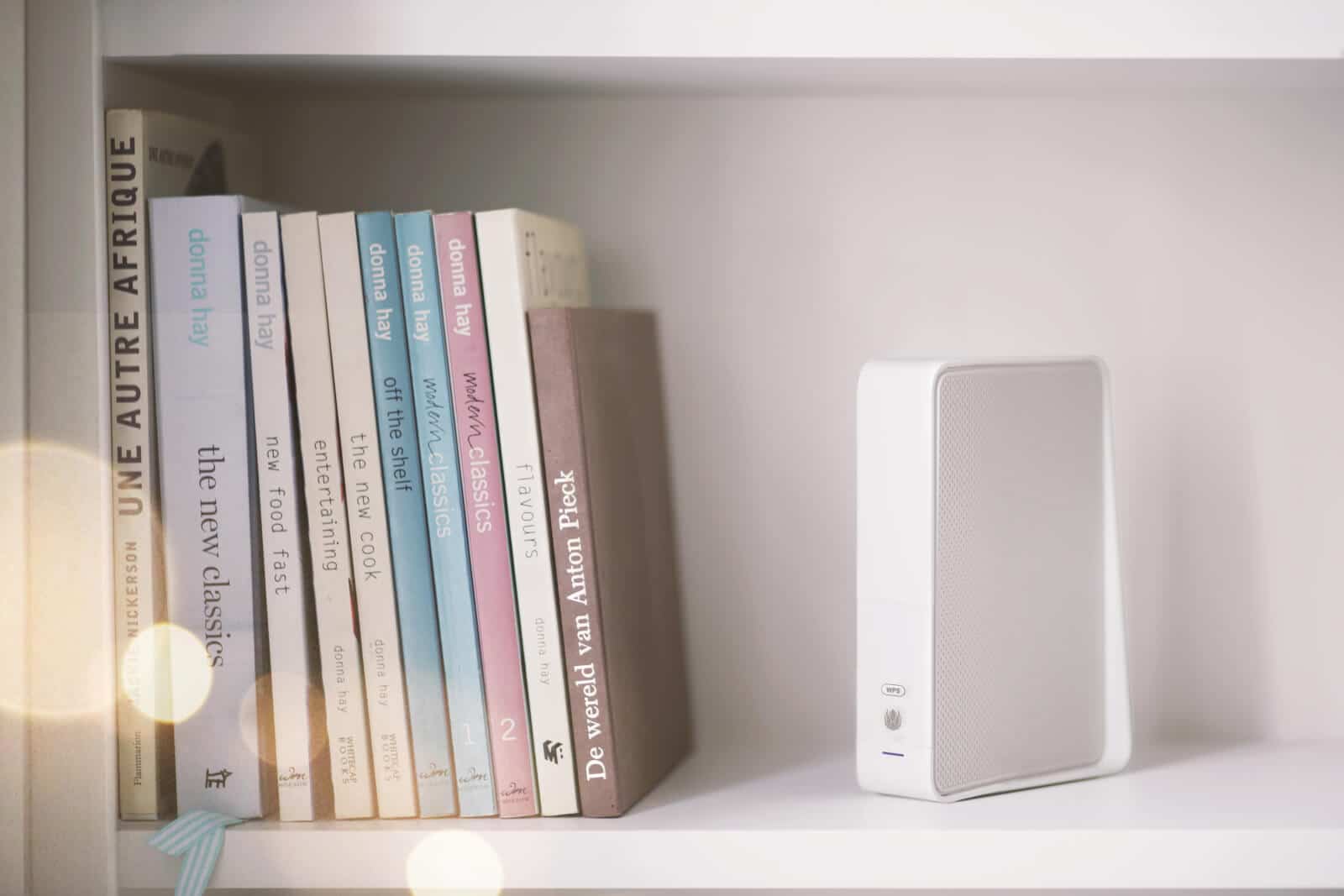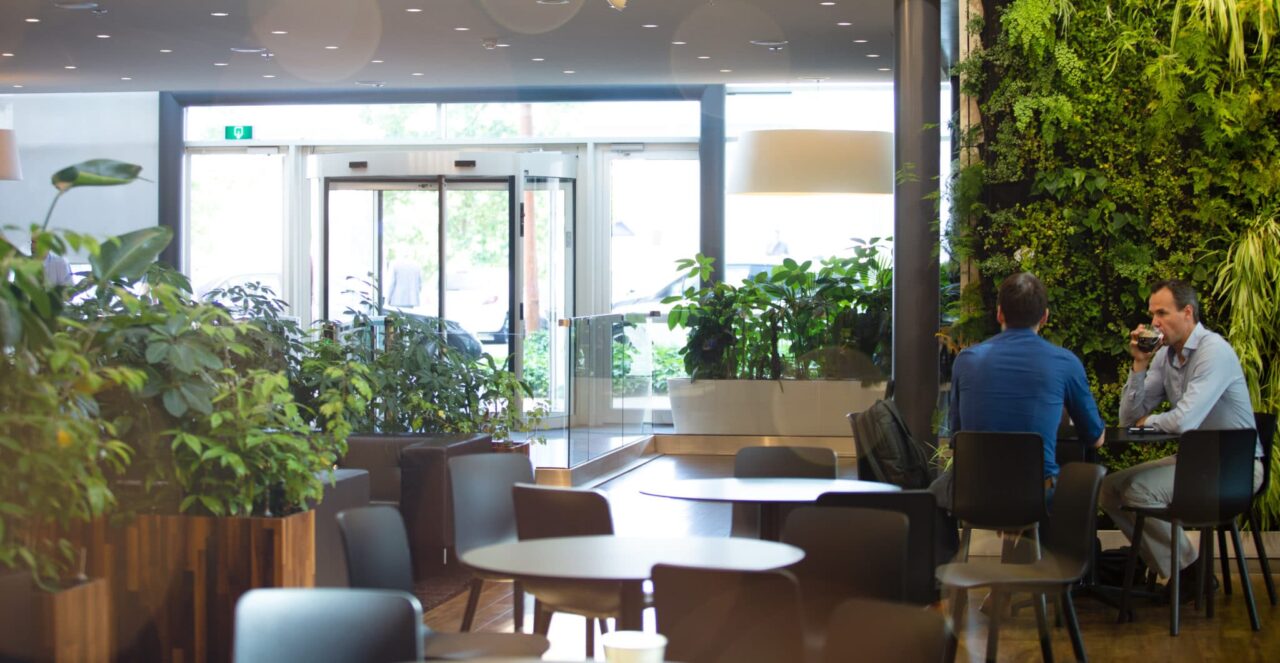We proudly provide products enjoyed by millions of customers. With some of these products made up of hundreds of components sourced from suppliers all over the world, improving their sustainability on such a grand scale is no easy challenge.
Which is why we introduced our Product Sustainability Scorecard to help us measure and improve the sustainability performance of our customer products. First, we use the Scorecard to identify the environmental and social issues most relevant to a product. Then we analyze the specific activities that influence these issues within that product’s life-cycle, before using that information to measure performance against the impact areas.
Our new Connect Box is a great example of how the Scorecard helps us understand our sustainability journey. We conducted external benchmarking against other companies and sectors, carried out a full Life Cycle Assessment of our previous broadband box, the Super Hub 2, and reviewed a range of relevant standards and guidelines, including the EU’s eco-design requirements. We also held interviews with stakeholders both inside and outside our business, and commissioned WRAP, the not-for-profit organization promoting sustainable resource use, to complete a technical review.
Compared to the Super Hub 2, our Connect Boxes are 15% more energy efficient during use –saving enough electricity to power over 7,000 UK homes per year – and avoid generating 173 metric tons of plastics, metals and electronics. Additional associated savings include 40 metric tons of paper and 311 metric tons of cardboard from reduced documentation and packaging respectively.
WRAP Technical Specialist, Norah Lewis, is positive that this approach will continue to pay dividends: “We reviewed Liberty Global’s Product Sustainability Scorecard in detail and believe it will play a key role in identifying the environmental and social impacts of their customer products, further delivering progress towards their goal of creating more sustainable products.”
It’s not only the environmental impact that our Scorecard assesses – it also helps us evaluate the accessibility of our products. From set-top boxes to user interfaces, we’re better placed to understand accessibility features such as feel and comfort, button layout and design, text size and text-to-speech capabilities.
Our first Product Sustainability Scorecard forms the baseline against which future broadband products can be measured and the use of the Scorecard will continue to be utilized to drive further improvements in the sustainability performance of our products.







